#japanblr
Text
weirdly specific vocab

天変地異(てんぺんちい) = natural disaster
相対性(そうたいせい)理論(りろん) = theory of relativity
絵空事(えそらごと) = fabrication, pipe dream
絶滅危惧種(ぜつめつきぐしゅ) = endangered species
茶番(ちゃばん) = farce, charade
圧勝(あっしょう) = overwhelming victory, landslide victory
三羽烏(さんばがらす) = distinguished trio, triumvirate (lit. “three crows”)
慣れ親しむ(なれしたしむ) = to get to know and love
区切り(くぎり) = stopping point; milestone
痛風(つうふう) = gout
59 notes
·
View notes
Text
Like this post if you are a person of color
#poc#bipoc#blackblr#pocblr#poc voices#bipoc voices#asianblr#japanblr#nativeblr#native identity#chinese#mexican#likes
16 notes
·
View notes
Text
reading demon slayer: chapter 8 name breakdown
in this chapter, there are no names of people or places or weapons to go over. instead, we will be covering the demon slayer ranking system, which is introduced by kiriya (the black-haired twin at final selection). from highest to lowest, demon slayers are ranked as follows:
甲・乙・丙・丁・戊・己・庚・辛・壬・癸
which in english simply translates to first, second, third, fourth, fifth, sixth, seventh, eighth, ninth, and tenth in rank. the official english version chose to transliterate these names instead of translating them.
there is another layer to these names beyond their usage as ordinal numbers, however. the set of characters used here are a part of the traditional chinese calendar system known as the heavenly stems. the heavenly stems are used in combination with the earthly branches, an ordering system related to the chinese zodiac, to form a 60-year calendar cycle.
you might protest that there are 10 stems and 12 zodiac signs, which multiplies to 120, not 60. it's better to think of the stems as 5 pairs (you'll see why below), and 5 times 12 is indeed 60.
so what do the stems represent? well, each stem has its own alignment to a few basic concepts of traditional chinese philosophy--yin and yang, the five elements*, and the cardinal directions. the five elements are wood, fire, earth, metal, and water. each element is associated with a cardinal direction--wood is east, fire is south, earth is middle, metal is west, and water is north. here's how it all works out:
甲 (きのえ) - yang, wood, east
乙 (きのと) - yin, wood, east
丙 (ひのえ) - yang, fire, south
丁 (ひのと) - yin, fire, south
戊 (つちのえ) - yang, earth, middle
己 (つちのと) - yin, earth, middle
庚 (かのえ) - yang, metal, west
辛 (かのと) - yin, metal, west
壬 (みずのえ) - yang, water, north
癸 (みずのと) - yin, water, north
as you can see, the stems are 5 yin-yang pairs, one for each of the five elements/cardinal directions. this is where the names for the stems in japanese come from, and these are the names you're probably familiar with from reading or watching demon slayer in english. the first part of the name is the native japanese pronunciation for the associated element: き, like 木, for wood; ひ, like 火, for fire; つち, like 土, for earth; か, like 金, for metal; and みず, like 水, for water. next is の, which connects the first part to the last, and the last part is either え or と--え like in 上, meaning older, and と like in 弟 or 乙, meaning younger.
like i said earlier, these names really have no bearing on how they're used in demon slayer (i.e. as ordinal numbers). the demon slayer ranks are straightforwardly named first through tenth. the heavenly stem names and meanings do not need to be taken into account at all. i just thought it was something interesting to talk about :)
that's all i have for this chapter's name breakdown. it's a bit of a long one, so thank you very much to anyone who read this far! if you're interested in chinese philosophy or astrology, i recommend doing that research on your own, because i'm already a bit out of my depth just summarizing the basics. thanks again for reading, and please look forward to the next posts! 読んでくれてありがとう!次の投稿を楽しみにしてください!
*"five elements" is a bit of a misnomer, since they're not really equivalent to the four elements of western philosophy. it's the most well-known term for them, though, so that's what i went with.
13 notes
·
View notes
Text

あきらめない - akiramenai - I won't give up ♡
I made this for myself - to remind me to keep trying ♡

#you can use it too if you want!!#its all in hiragana because thats easier for me and other beginners to read - forgive me!#akiramenai#あきらめない#langblr#japanese langblr#japanese#learning japanese#japanese beginner#beginner japanese#japanblr#japaneseblr
151 notes
·
View notes
Text
JAPANESE MASTER-LIST
🇯🇵
MAIN RESOURCES
Duolingo (Free with optional pay in-app purchases)
Learning Japanese Kanji Workbook V1 (Amazon)
Learning Japanese Hiragana and Katakana: A Workbook for Self-Study (Amazon)
Genkouyoushi Notebook (Amazon) (For practicing writing)
Busuu (free but you get more out of it with a subscription)
tofugu.com (A site getting you started on Japanese with resources and grammar)
CHATTING
HelloTalk (sign up and talk with native speakers)
BOOKS
VOCAB
Physical flash/index cards
SmartCards+ (Card app, similar to Anki) (iOS only)
Anki (Card app)
Japanese Word Of The Day
JapanesePod101 Word of the Day
JapanesePod101 Vocab Lists
JapanesePod101 Dictionary
ARTICLES
CULTURE
MOVIES/SHOWS
Master-list of Language Cartoons
MUSIC
10 notes
·
View notes
Text
And now, back to our regularly scheduled programming
Today was the last day of the exams I've been preparing for so long. I'm exhausted but relieved that the whole thing is over. Regardless of the future results, I'm happy and free!
After a 2-year break, I can finally return to my favourite hobby: learning languages! I cannot wait to use all the resources I've hoarded over the months.
This year, I'll focus on Spanish 🇪🇸 and Japanese 🇯🇵.
4 notes
·
View notes
Text
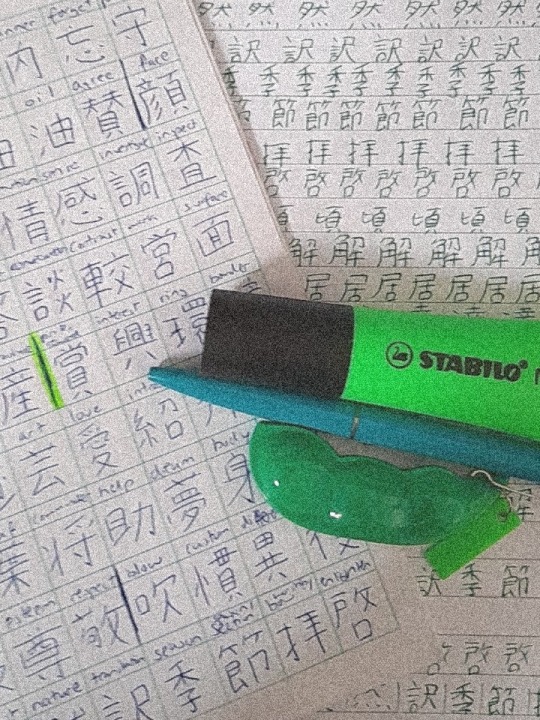
I'm about to reach the 600 kanji milestone pretty soon :D today I've learnt 17 more new kanjis which makes a whole of 572 now!
#unpopular opinion but kanjis r the most fun part of jpn#langblr#studyblr#jack studies#japanblr#japaneseblr
13 notes
·
View notes
Text
みなさん、こんばんは🌆 ( ⸝⸝•ᴗ•⸝⸝ )੭
anyone want to exchange line handles ? looking for a virtual language exchange partner !
i am beginner’s lvl JP & trying my best to study diligently before traveling to kyoto next yr っ ̫ -˘
あなたのLINE IDが送ってください💬💚
どもありがとうございます🙏🏽
5 notes
·
View notes
Text
I love this man
3 notes
·
View notes
Text
Один день в Осаке.
Ливень. Вивьен Вествуд. Старбакс. Колесо обозрения.
Одного дня не хватает абсолютно, чтобы увидеть все, что предлагает тебе Осака. Второй город после Токио, место наполненное туристами, имеющее свой собственный диалект.
Осака покоряет сердце с первого взгляда.

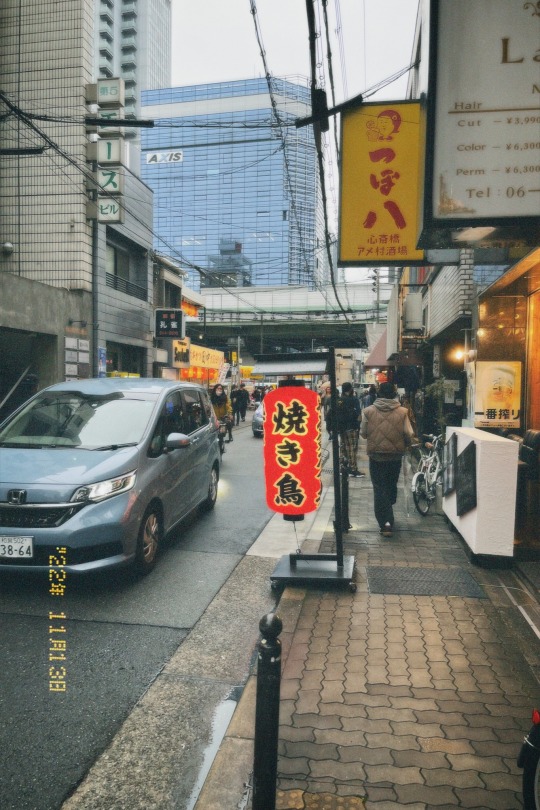


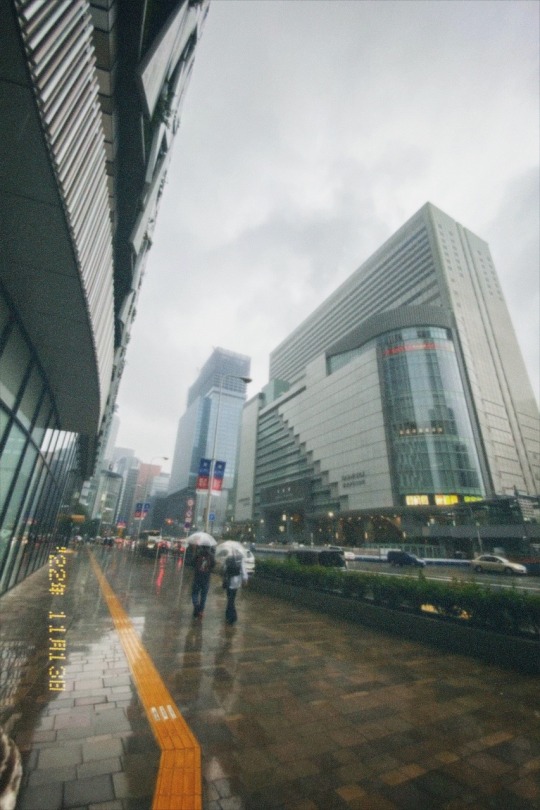
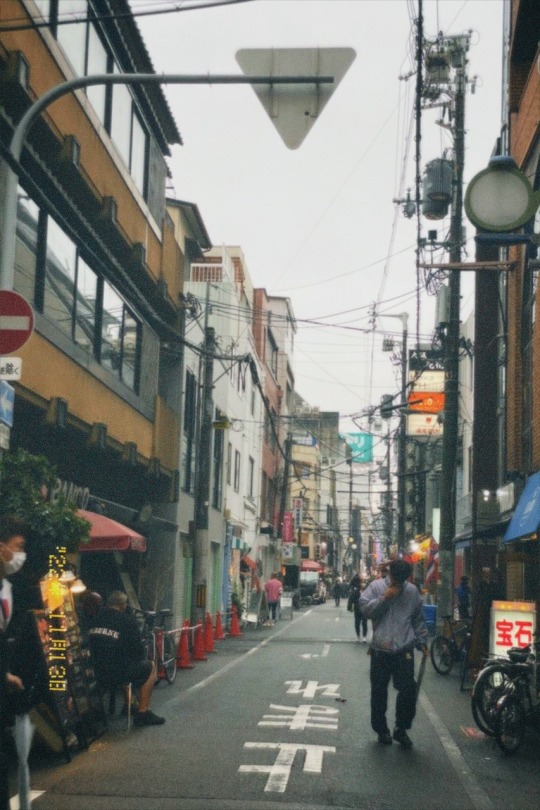


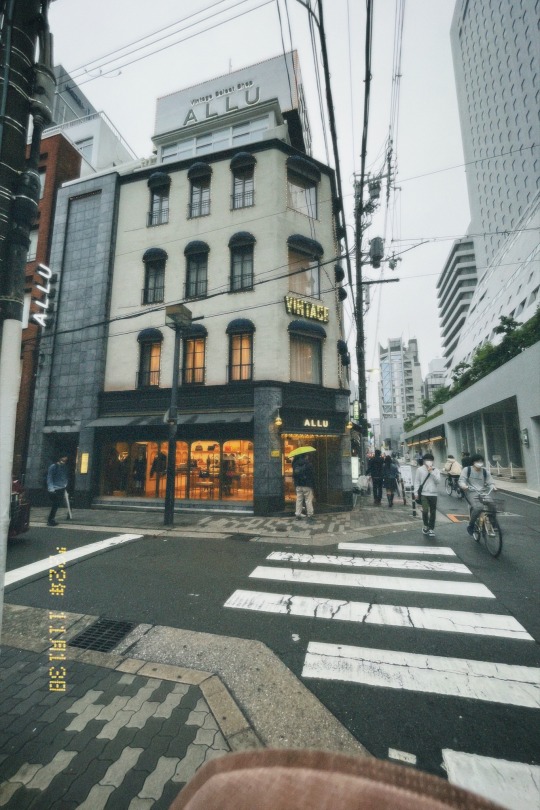
#украина#украинский пост#украинка#українцівтамблері#японія#japanblr#japanese culture#japanese aesthetic#retro aesthetic#aesthetic#osaka
14 notes
·
View notes
Text

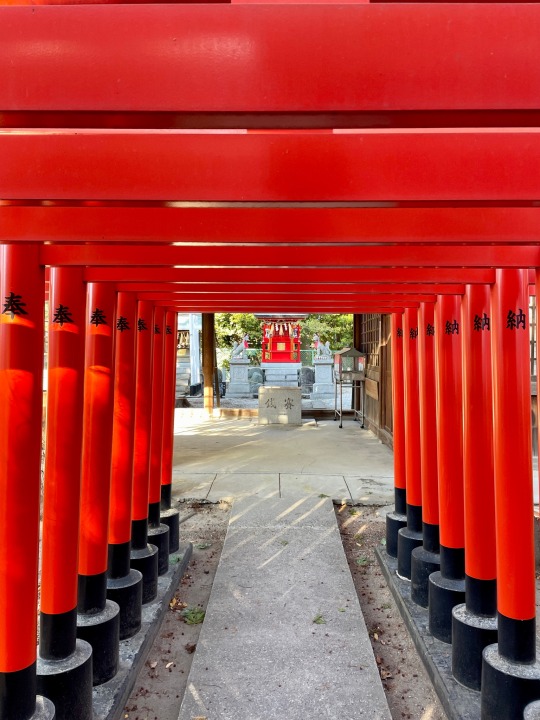
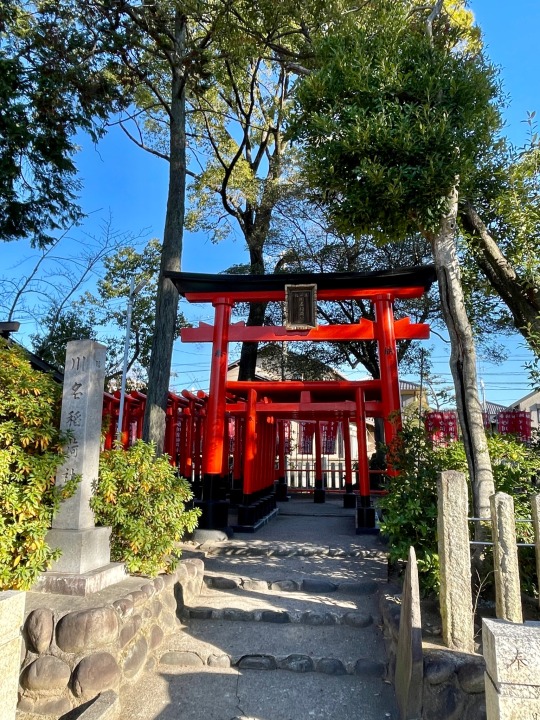
今日は川原神社を訪れました⛩️
池にはカメが住んでいるので、御朱印もカメがあります🐢
1 note
·
View note
Text
how to say “assure” and “reassure” in japanese

みんな、こんにちは! i came across an article recently explaining the correspondences between words like “assure” in english and 「保証する」 in japanese, so i thought i’d summarize what i learned! if you want to read the article yourself, it’s here :)
“to assure”: 保証(ほしょう)する
the noun 保証 means “guarantee” or “assurance.” the verb form, 保証する, takes an object with に and a subordinate clause with と:
彼は、状況はコントロールされていると私たちに保証した。
he assured us that the situation was under control.
i’d say the biggest difference between the grammar of these two sentences is the treatment of the object: in japanese, it’s an indirect object marked with に, but in english, it’s a direct object with no preposition. otherwise, the two are really similar!
what if, for example, we wanted to use 保証する with a noun instead of a subordinate clause? that’s where を would come in:
フレッチャー氏は、引き続きの支援を私たちに保証してくれた。
mr. fletcher assured us of his continued support.
the english translation of this sentence accomplishes を’s work by using the preposition ‘of’. in that sense, english and japanese reverse the direct and indirect objects when using 保証する.
what about the set phrase “rest assured”? japanese uses a different verb:
お客様の個人情報は保護されておりますのでご安心ください。
rest assured that your personal information is protected.
the imperative ご安心ください is the keigo form of 安心してください. let’s look at 安心 more closely now!
“to reassure”: 安心(あんしん)させる
the noun 安心 means “peace of mind” or “relief.” the verb form 安心する means “to feel peace of mind or relief,” but the form 安心させる, a causative, means “to make someone feel peace of mind or relief.” that’s the form we’re going to use to mean “reassure,” and it takes an indirect object with に and a subordinate clause with と:
医者はルースに、病状は深刻なものではないと言って安心させた。
the doctor reassured ruth that her condition was nothing serious.
in this way, 安心させる is just like 保証する. however, notice that the subordinate clause (in this case) is actually headed not just by と, but by と言って. this means that we could more closely translate the sentence as, “the doctor reassured ruth by saying her condition was nothing serious.”
when we don’t want to use a subordinate clause at all, the object of reassurance can be marked with を instead of に:
彼女を安心させようとしたが、彼女は泣き止もうとしなかった。
i tried to reassure her, but she wouldn’t stop crying.
in this case, the speaker isn’t reassuring this person of anything in particular, but rather trying to make her feel at peace just generally; therefore, we use を to mark her as a direct object.
anyways, that’s the gist of these two verbs—hopefully they’ll be helpful to you in the future! if you’re more interested in the translations from a native japanese perspective, definitely check out the original article, it has some interesting insights and some more details. またね!!
37 notes
·
View notes
Text
Like this post if you speak Japanese
7 notes
·
View notes
Text
reading demon slayer: chapter 11 name breakdown
in chapter 11 we are finally introduced to the main antagonist of the series. he is the first demon to ever exist and father to all demons past and present. his name is
鬼舞辻 無惨
phonetically きぶつじ・むざん. i've read all of demon slayer in english, but i don't remember if it's ever said whether muzan was born with this name or not. it would be a very strange name to give a child, realistically speaking. let's take a look.
starting with the family name, we have three characters: 鬼 (き), 舞 (ぶ), and 辻 (つじ). 鬼, demon, should be quite familiar by now. 舞 usually means dance and can also be read as ま or まい. it is the ぶ in 歌舞伎 (かぶき), a type of traditional japanese theater, and in 舞台 (ぶたい), stage (as in for performing). 辻 (つじ) is a kokuji, a japanese original character, meaning intersection, crossroads.
all together we have demon, dance, and crossroads. what image does this create in your mind? a demon dancing at a crossroads would be a literal interpretation. but then what kind of crossroads is this demon dancing at? a literal crossroads, a physical location somewhere in the world? or is it more of a metaphorical crossroads, a choice the demon has yet to make?
considering muzan's existence as a demon, perhaps the crossroads is the boundary between life and death. muzan is alive in the most basic sense of the word, but he cannot ever see the sun. and so he lives what many would consider a half-life--he is virtually immortal and nigh omnipotent, but never truly free to live as he wishes. muzan stands at the crossroads of life and death, has for over a millennium, and cannot take a single step in either direction.
as for the dancing, well, muzan is notoriously cold and cruel. he cares not for the lives of humans and kills without a second thought. at that crossroads of life and death, muzan dances upon the corpses of the untold number of humans who had the misfortune to cross him. he will do anything to find a way to finally start walking in the direction of life. if indiscriminate slaughter is the easiest way to do so, then so be it. with his ruthlessness he mocks the sanctity of human life, the very thing he desires. because as much as muzan dismisses humans as lesser lifeforms, they live greater, fuller lives. they can do what he cannot: live freely. at the crossroads of life and death, muzan dances in a frightened panic upon the corpses of humans who showed him that they were better.
what a piece of shit.
muzan's given name is a word of its own in japanese, meaning cruel, merciless, atrocious, ruthless, cold-blooded. it can also mean pitiful, tragic, horrible, miserable. the first character is 無 (む), a common kanji that represents the concept of nothing, and is also frequently used as a prefix similar to english un-, non-. the second character 惨 (ざん) can be used as an adjective on its own, meaning appalling. it appears in many words relating to disaster or tragedy.
you could read then read 無惨 as meaning naught but cruelty/tragedy. quite fitting for a character like muzan, who is both ruthless and pitiful, as his name implies. within him there is indeed naught but cruelty.
i did not think i would have so much to say about this one name, but here we are. i hope everyone who has read this far has enjoyed it, or at least found it interesting. i'd love to hear your own interpretation of muzan's name, if you have one. thanks again for reading, and please look forward to the next posts. 読んでくれてありがとう!次の投稿を楽しみにしてください!
3 notes
·
View notes
Text

がんばります- ganbarimasu - I will try my best ♡
something to encourage you too - try your best, ok? ♡

#i need to post some daily affirmations for myself!#ganbarimasu#がんばります#japanblr#japanese#learning Japanese#beginner Japanese#japanese studyblr#japaneseblr#langblr#Japanese langblr#Japanese student#N5#N6#mine#text
22 notes
·
View notes
Text
Hi y'all! Friendly reminder that - for those who are creating content or media relating to cyberpunk as an aesthetic, to use other languages.
Sure, japanese/chinese are staples within the cyberpunk genre, primarily due to the conditions of the 80's and a few other decades which allowed them to be percieved as "the language of those whose economies are growing quickly". But i believe that more linguistic diversity should be included - gimmie korean at the very least concidering the fact 20% of the economy's owned just by samsung.
With that said, this blog is also gonna double for japanese for the time being as it influenced a lot of literature and media. Also because akira my beloved but shh
0 notes